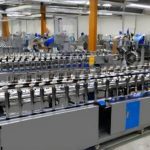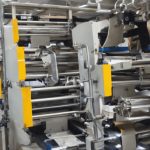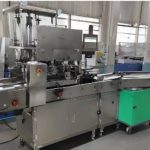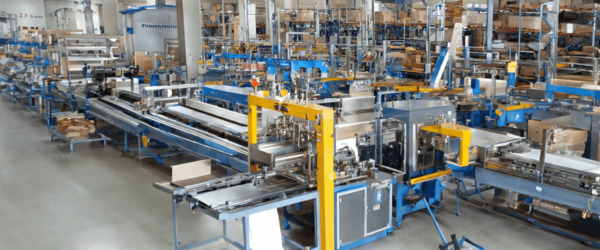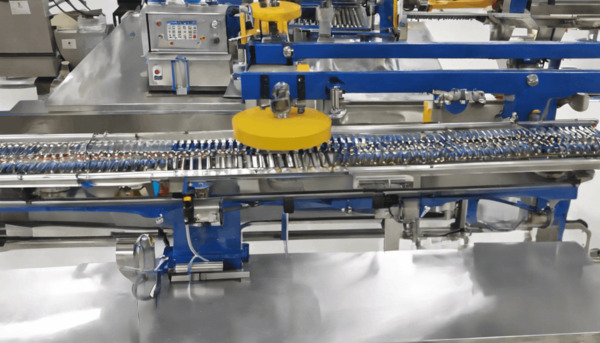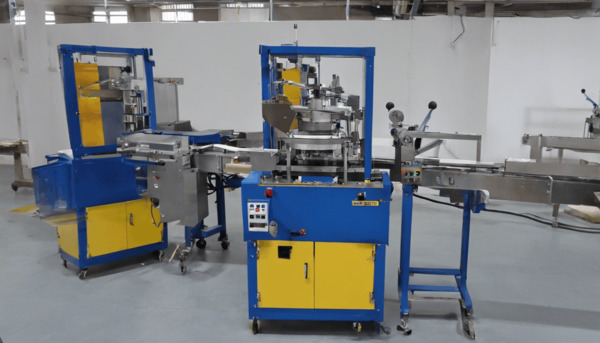
Introduction to Packing Machines
Packing machines are essential in various industries for packaging products efficiently and effectively. They are used to automate the packaging process, which includes tasks such as filling, sealing, labeling, and wrapping products. The operation of packing machines can vary significantly depending on the type of machine and the product being packaged. In this article, we will explore the general operation of packing machines, their types, and their applications in different industries.
Types of Packing Machines
Packing machines come in various types, each designed for specific packaging needs. Some of the most common types include:
1. Filling Machines
Filling machines are used to fill containers with liquids, powders, granules, or other products. They are commonly used in the food and beverage, pharmaceutical, and chemical industries. These machines can be further classified into volumetric, gravimetric, and liquid filling machines, depending on the method used to measure the product.
2. Sealing Machines
Sealing machines are used to seal packages to protect the contents from contamination and extend shelf life. They are commonly used in the food industry for sealing bags, pouches, and containers. Types of sealing machines include heat sealers, vacuum sealers, and induction sealers.
3. Wrapping Machines
Wrapping machines are used to wrap products in materials such as plastic film, paper, or foil. They are commonly used in the food, beverage, and consumer goods industries. Types of wrapping machines include shrink wrap machines, stretch wrap machines, and flow wrap machines.
4. Labeling Machines
Labeling machines are used to apply labels to packages, providing important information such as product name, ingredients, and expiration date. They are used in various industries, including food, beverage, and pharmaceuticals. Types of labeling machines include pressure-sensitive labelers, sleeve labelers, and hot melt glue labelers.
Operation of Packing Machines
The operation of packing machines involves several steps, which may vary depending on the type of machine and the product being packaged. However, the general operation can be described as follows:
1. Product Feeding
The first step in the operation of a packing machine is feeding the product into the machine. This can be done manually or automatically, depending on the machine’s design. For example, in a filling machine, the product is fed into a hopper, which then dispenses it into containers.
2. Measurement and Filling
Once the product is fed into the machine, it is measured and filled into the packaging. This step is crucial for ensuring that each package contains the correct amount of product. Filling machines use various methods to measure the product, such as volumetric, gravimetric, or liquid measurement.
3. Sealing
After the product is filled into the packaging, the next step is sealing the package. Sealing machines use heat, pressure, or adhesives to seal the package, ensuring that it is airtight and protected from contamination.
4. Labeling
Once the package is sealed, it is labeled with important information such as the product name, ingredients, and expiration date. Labeling machines apply labels accurately and efficiently, ensuring that each package is properly labeled.
5. Quality Control
Quality control is an essential part of the packing process. Packing machines are equipped with sensors and cameras to detect any defects or inconsistencies in the packaging. This ensures that only high-quality products are shipped to customers.
Applications of Packing Machines
Packing machines are used in various industries to package a wide range of products. Some common applications include:
1. Food and Beverage Industry
Packing machines are widely used in the food and beverage industry to package products such as snacks, beverages, dairy products, and frozen foods. They ensure that products are packaged hygienically and efficiently, extending their shelf life.
2. Pharmaceutical Industry
In the pharmaceutical industry, packing machines are used to package medicines, tablets, and other pharmaceutical products. They ensure that products are packaged securely and labeled accurately, complying with regulatory requirements.
3. Chemical Industry
Packing machines are used in the chemical industry to package products such as detergents, fertilizers, and industrial chemicals. They ensure that products are packaged safely and securely, preventing leaks and spills.
4. Consumer Goods Industry
In the consumer goods industry, packing machines are used to package products such as cosmetics, toiletries, and household goods. They ensure that products are packaged attractively and efficiently, enhancing their market appeal.
Conclusion
Packing machines play a crucial role in the packaging process, ensuring that products are packaged efficiently, securely, and attractively. They are used in various industries to package a wide range of products, from food and beverages to pharmaceuticals and consumer goods. Understanding the operation of packing machines is essential for optimizing the packaging process and ensuring the quality of packaged products.
